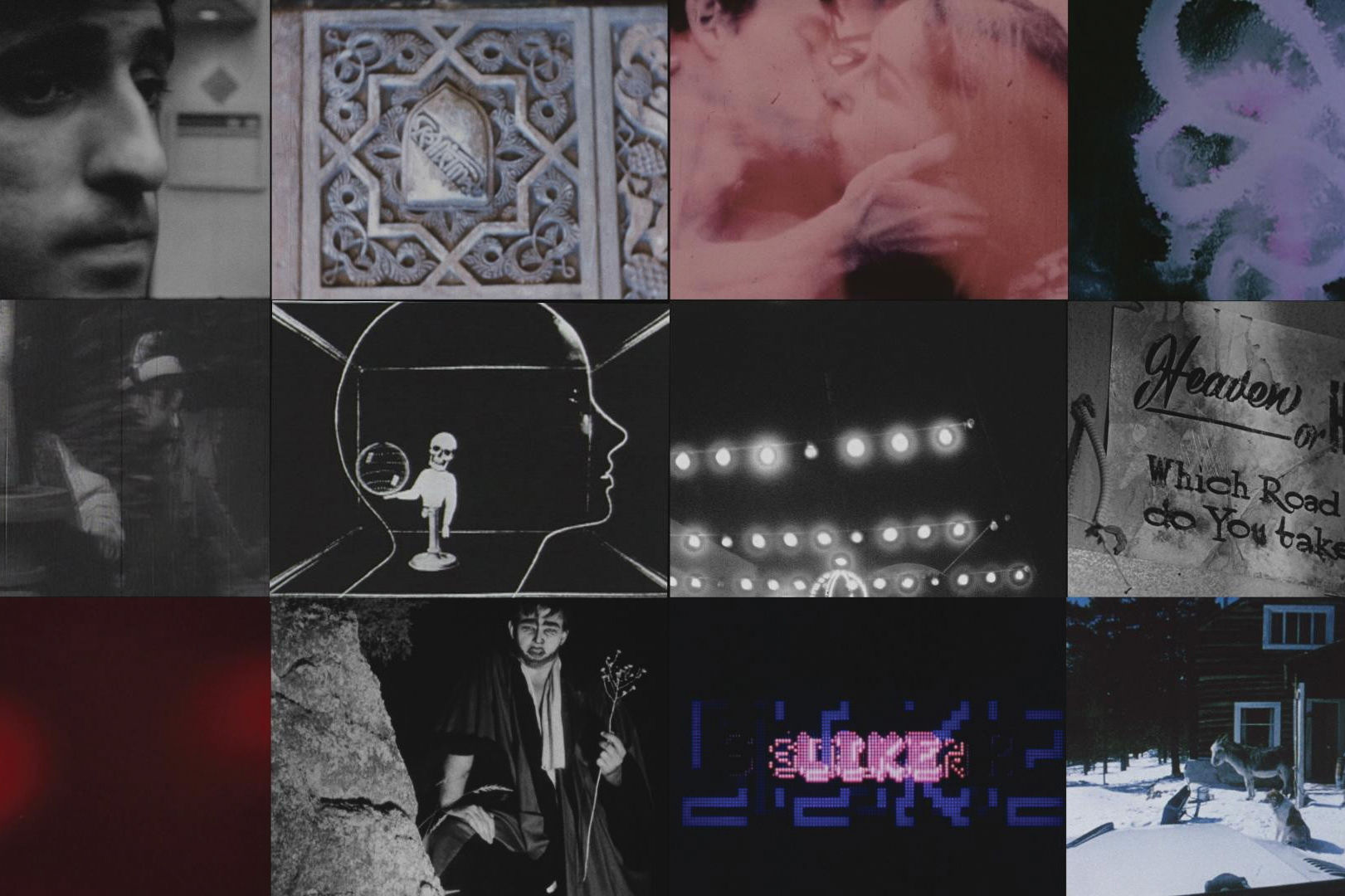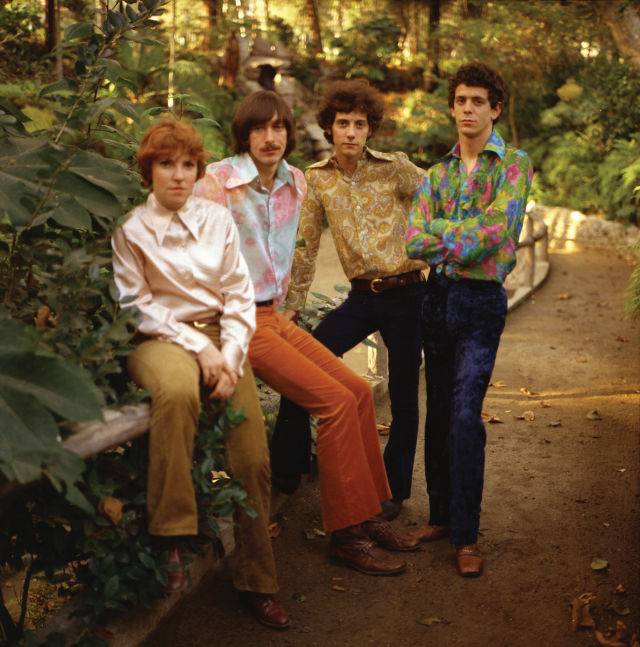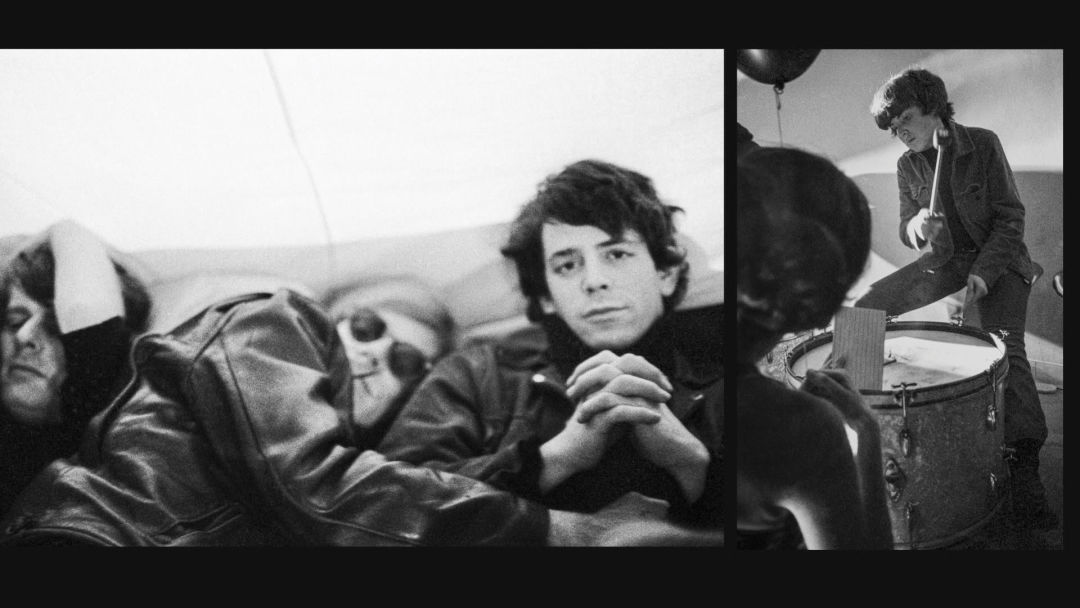
Todd Haynes’s New Velvet Underground Doc Opts for Immersion over Handholding
Todd Haynes is a lot of things: a Portlander, a consummate filmmaker, one of the great chroniclers of Julianne Moore. He’s also a bit of a rock nerd.
Nearly half of Haynes’s films deal, in some way, with the musical legends of the ’60s and ’70s, though the lens is often queer and/or deconstructive rather than Walk the Line–straightforward. Superstar tells the story of Karen Carpenter with Barbie dolls; Velvet Goldmine is a quasi-Bowie biopic by way of Oscar Wilde and Citizen Kane; I’m Not There casts six actors of various ages, races, and genders as Bob Dylan.
On October 15, Apple TV+ will release Haynes’s latest foray into rock idol forensics, and his first documentary, titled simply (and fittingly) The Velvet Underground. Anyone worried that Haynes’s authorial touch might be diluted by the demands of a rock doc should have their fears quelled when, in the first 15 minutes, he shows us a series of endurance-testing diptychs instead of a single talking head.
“I knew I would want to think about how to do this in a way that would probably call into question a lot of the conventions of the documentary,” Haynes said over the phone in early July, a few days before the film made its Cannes premiere. “My main instincts right away were to try to re-excavate this time and place, and to try to tell the story of this music where the emphasis is less on the words and the oral histories and more on the images and the sounds.”
The driving philosophy, Haynes says, was to tap into the visual language of avant-garde cinema that surrounded and informed the Velvets in 1960s New York. Single visuals rarely earn a full frame, instead splintering into two or four or 12, archival footage of the band commingling with clips from a who’s-who of avant-garde filmmakers, Maya Deren to Kenneth Anger and way (way) beyond. Anchoring it all is a plethora of material from the Velvets’ onetime manager Andy Warhol, whose video archive Haynes visited in Pittsburgh to dig up the heart of the film.

Maureen Tucker, John Cale, Sterling Morrison, and Lou Reed
Image: COURTESY APPLE tv+
The talking heads, when they do come, are plenty—core member John Cale is the first one we see—and carefully culled. “I felt like the one thing we didn’t need was a film about the Velvet Underground that told us how important the Velvet Underground are,” Haynes says. “That we’ve heard, and it opens up an infinite catalog of people to talk about the band. I wanted some kind of constraint, so my own rules were to only interview the people that were there.”
Easy enough, until you consider that three of the band’s five original members are dead, and Doug Yule, who came aboard in 1968, declined requests for an interview. (“I understand how much this singular chapter in somebody’s life, however important it was, can burn them out or make them feel like they’ve said their piece and they don’t need to keep returning to it,” Haynes acknowledges. “[But] I really really wanted him to be a part of it.”)
Turns out, though, plenty of other people were there. In addition to Cale and the band’s drummer, Maureen Tucker, an impressive cast of characters pass in front of Haynes’s camera: Lou Reed’s sister, Merrill Reed Weiner; Warhol confidants like Mary Woronov and Amy Taubin; John Waters; experimental musician La Monte Young; Modern Lovers front man Jonathan Richman. Haynes conducted all the interviews in 2018 and handed them to his editor Adam Kurnitz, along with heaps of photographs and archival footage. While Haynes went off to shoot 2019’s Dark Waters, Kurnitz “started to lay the foundation of the house that would become the film.” Haynes himself (a member of the Hollywood Theatre’s board of directors) later mixed some of the sound at Movie Madness’s miniplex in Portland.
The finished product, as is customary for Haynes, contains very little handholding. Interview subjects are given a name, but no other identifiers until the closing credits. Major moments, like the 1968 shooting of Andy Warhol at the hands of writer Valerie Solanas, receive quick, wordless visual nods, and then it’s onto the next beat. “What montage can do is always more sophisticated than we give it credit for,” Haynes says. “I wanted the audience to fill in the holes themselves and make their own discoveries and feel like these ideas are alive again, because they’re coming through you, and they’re not just being told to us like in a lecture.”

Image: COURTESY APPLE tv+
One of the Velvets’ core tenets, after all, was structural resistance. “I have to say, man, in all the thinking I’ve done about the Velvet Underground, I find the rejection of what was going on around them to be the most impressive and surprising. It’s hard to reject fucking everything around you in the 1960s,” Haynes says. “But they did their own fucking thing.”
In the film’s final moments, we get our first and only glimpse of Lou Reed speaking on camera. It’s a clip from a 1973 video for Interview magazine. Reed and Warhol, years after a personal schism, have reunited to peruse Guy Peellaert's art book Rock Dreams, which contains paintings of the band.
“I saw Maureen last week,” Reed says in the clip, his silver nails bringing a cigarette to his lips. “She’s a computer programmer now,” replies the journalist, off-camera. Reed responds, “She works in a factory. IBM. Got a kid." John Cale? He was with WB, now Island Records, working on other people's stuff. Reed takes a drag. At the time, his solo career was on extremely unsteady ground. Was all that resistance worth it?
Haynes wouldn’t dare tell us either way. Instead, the clip ends and we get a decades-spanning montage, soundtracked by the urgent, spellbinding Velvet Underground outtake “Ocean,” that follows each deceased member to their death.
And then the music plays on.
The Velvet Underground will open in select theaters & be available to stream on AppleTV+ on October 15.




